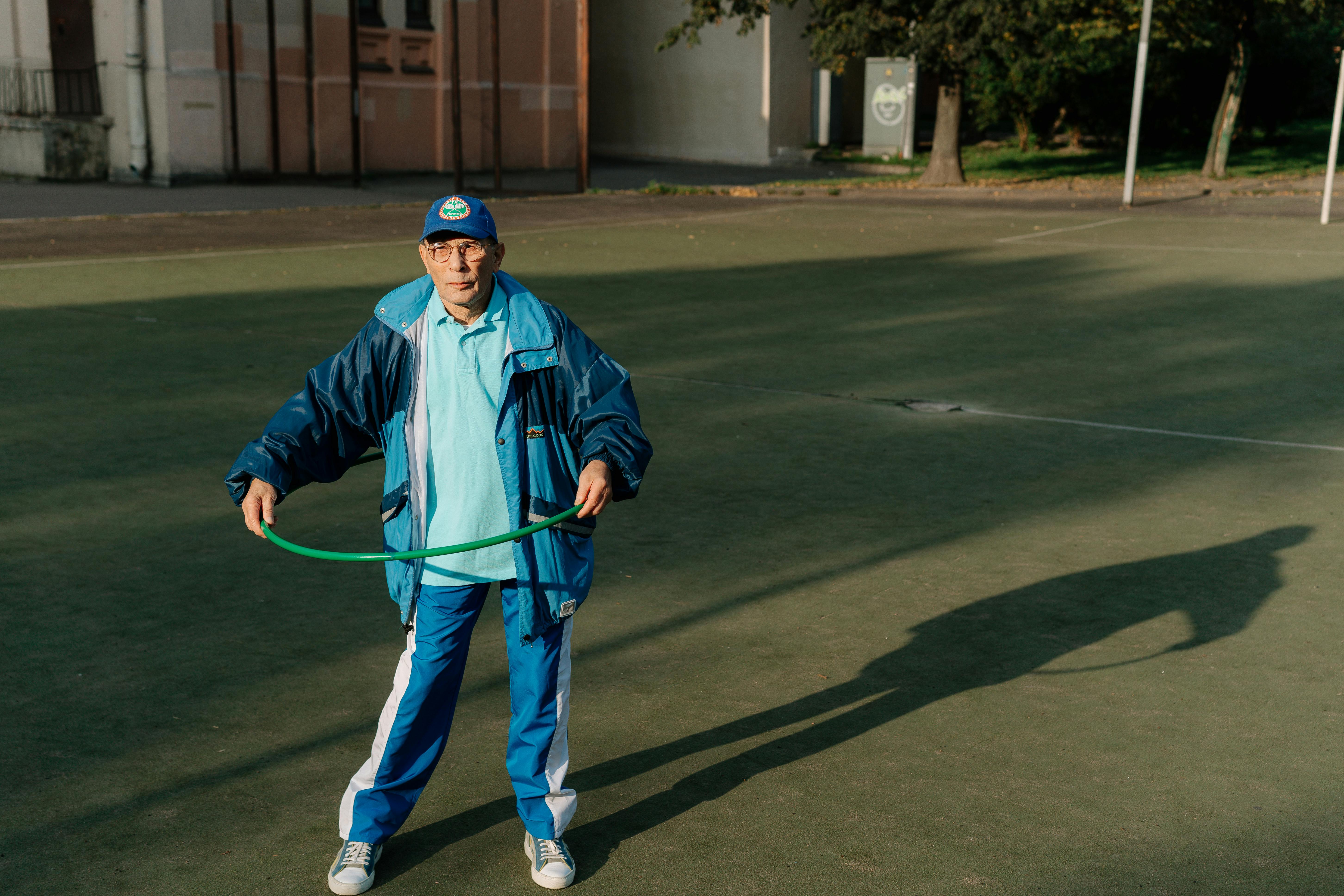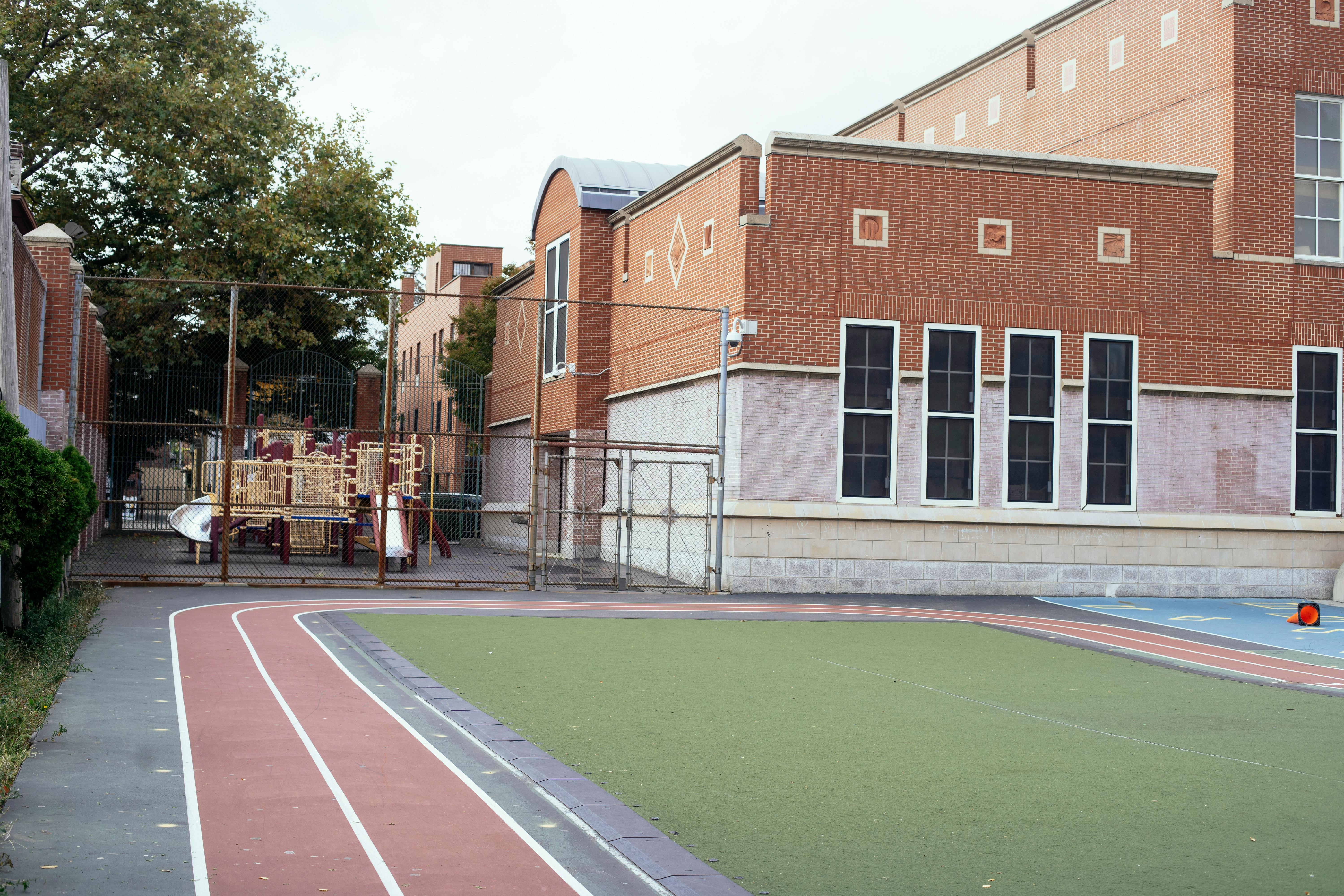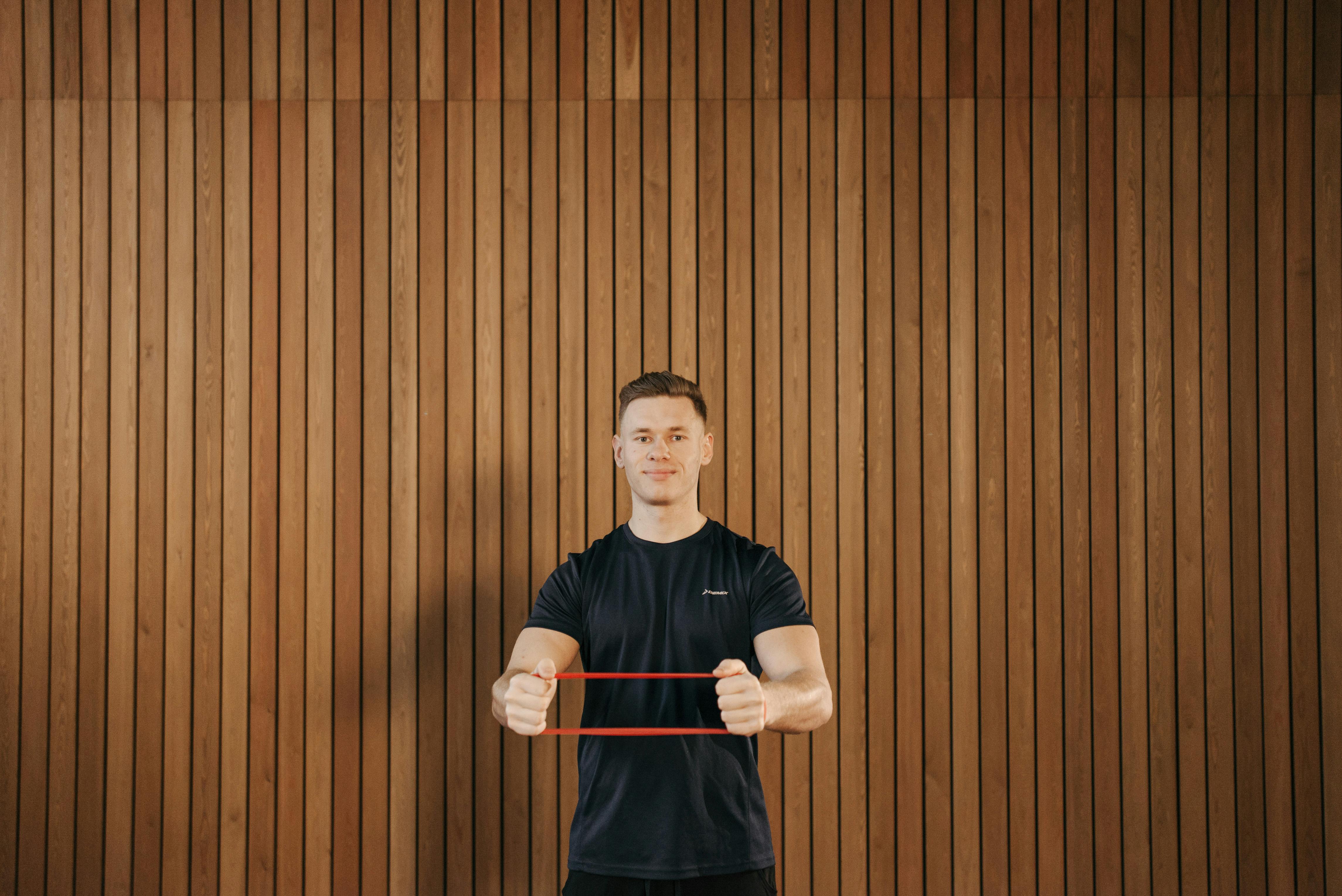We all know how difficult it can be sometimes to get off the couch and exercise.
Even the least creative minds can find an excuse to avoid going for a run. Procrastination is a big problem in fitness. But many people don’t realize how easy it can be to get motivated to go running.
What if you could trick your mind into thinking it actually wants to exercise?
Using simple psychology, you can turn your mind into your own personal trainer! Free.
Your mind used to be your biggest barrier to exercise: your body craved to run, but you talked yourself out of it. Now your mind can be your greatest motivator. How?
Classical conditioning.
The first step is to make a plan. Before you can start using psychological conditioning, you must create a tangible training program. Start with small, achievable goals, like going for a run every other night for a week.
You should write your plan in list form and post it somewhere you can see it every day. This constant reminder to exercise is important to the concept of classical conditioning that we will try to implement into your exercise routine.
Next, it is time to apply the psychological phenomenon of classical conditioning.
Classical conditioning is a term given to the psychological effect of the association of stimuli. You may have heard of Pavlov’s dogs, who came to associate food with the sound of a bell, and eventually salivated simply at the bell. Classical conditioning requires that a neutral stimulus gradually associate with a stimulus that elicits some type of reflex in the subject. Eventually, the boundary between the stimuli will become blurred in the mind. The ultimate goal of classical conditioning is to transfer the reflex from the second stimulus to the first (previously neutral) stimulus.
So what is the neutral stimulus in your exercise plan?
The act of going for a run.
To achieve effective motivation through classical conditioning, you need to find a stimulus, which already triggers a reaction in you, and start associating it with the act of exercising.
For example: your favorite song. Go ahead and listen to your favorite song, unless you’re exercising. Make sure you don’t listen to the song at any other time. Cheer up to listen to it while you run!
After a while, the same feelings you have NOW when listening to your favorite song will be associated with the act of exercising.
Running will be a pleasure whether you listen to the song or not.
While the music stimulus is ideal for this type of conditioning because it’s easy to control and easy to associate with physical activity, you CAN experiment with other types of stimulation, too!
Maybe you have a favorite T-shirt that would be appropriate for running. Maybe you can drink your favorite energy drink while you run.
Keep in mind that stimuli that are associated with physical activity WHILE you are performing the activity are the most effective. The more intense the connection to the actual activity, the more effective the classical conditioning will be. And ultimately, the more you’ll love working out!
Finally, keep in mind that a lack of motivation to exercise is something that everyone experiences.
But now you’re one of the few who knows the secret to overcoming exercise procrastination.
And you can beat this laziness!
Now get out there and run!




